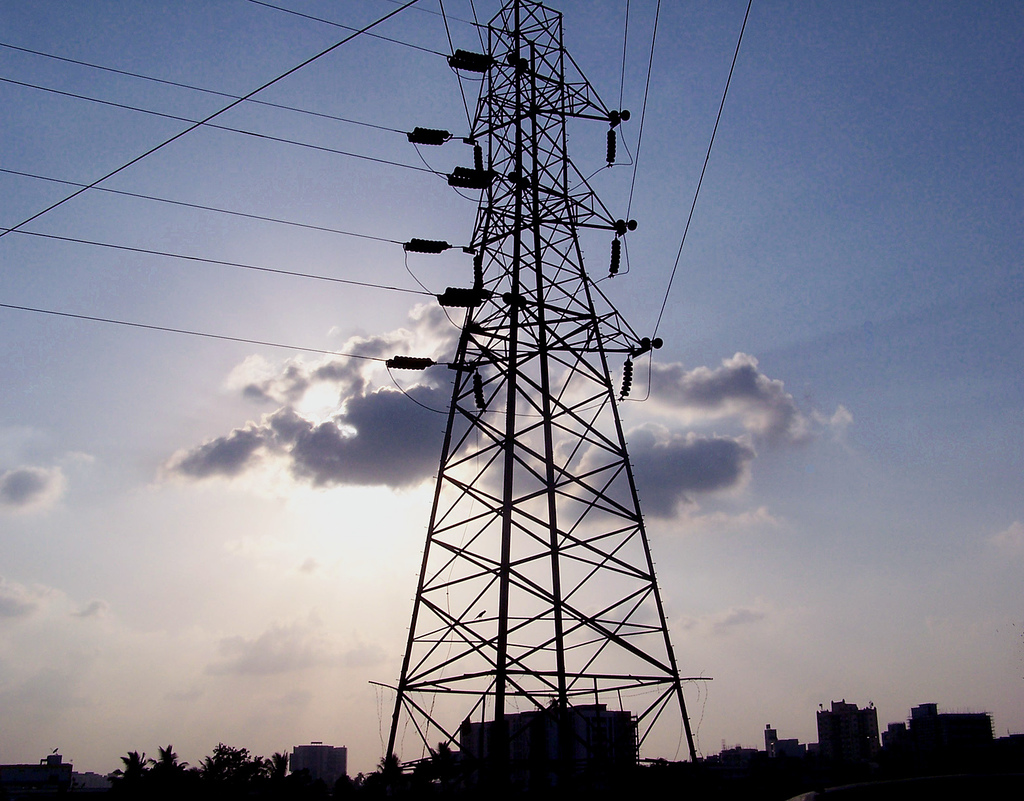India’s Ministry of New And Renewable Energy (MNRE) website reports that the state of Jammu & Kashmir has the potential to install 111 GW of solar capacity.
A tender released recently for 7.5 GW of large-scale solar capacity is part of the Indian Government’s 23 GW grid connected solar PV projects scheme for the Leh & Kargil Regions of Jammu & Kashmir, which will be implemented across several phases.
Of the 7.5 GW capacity, 2.5 GW will be installed in the Kargil district and 5 GW in the Leh district. Project developers may bid for either of, or both the Kargil and Leh capacities. For the Kargil district, they will have to submit a single bid for the capacity of 2.5 GW, and for the Leh district, they may bid for a minimum capacity of 2.5 GW and a maximum capacity of 5 GW.
In addition to installing the systems, the developers will also be responsible for the implementation of power transmission infrastructure up to the delivery point. The annual capacity utilization factor (CUF) of the solar projects should in no case be less than 22%. The power purchased by SECI will be sold to various Indian power retaillers.
The solar projects are to be set up on ‘build own operate’ basis, while the selection of developers will be carried out through e-bidding followed by reverse auction.
Project selection will be technology agnostic within solar PV, which means crystalline silicon, thin film or concentrating photovoltaic technology, with or without trackers, may be used. Developers are also free to implement DC or AC technology based on available grid infrastructure.
The selected developers are required to sign a power purchase agreement (PPA) with the Solar Energy Corporation of India (SECI) within 90 days after the issue of Letter of Award. The PPAs shall be valid for a period of 35 years from the scheduled commissioning date of the projects, which should be fully commissioned within 48 months of the signing.
This content is protected by copyright and may not be reused. If you want to cooperate with us and would like to reuse some of our content, please contact: editors@pv-magazine.com.









Module washing system should have special technology owing to thick layers of ice formation over modules during winter.
Good observation Mr Raghavan, thanks for your valuable feedback!